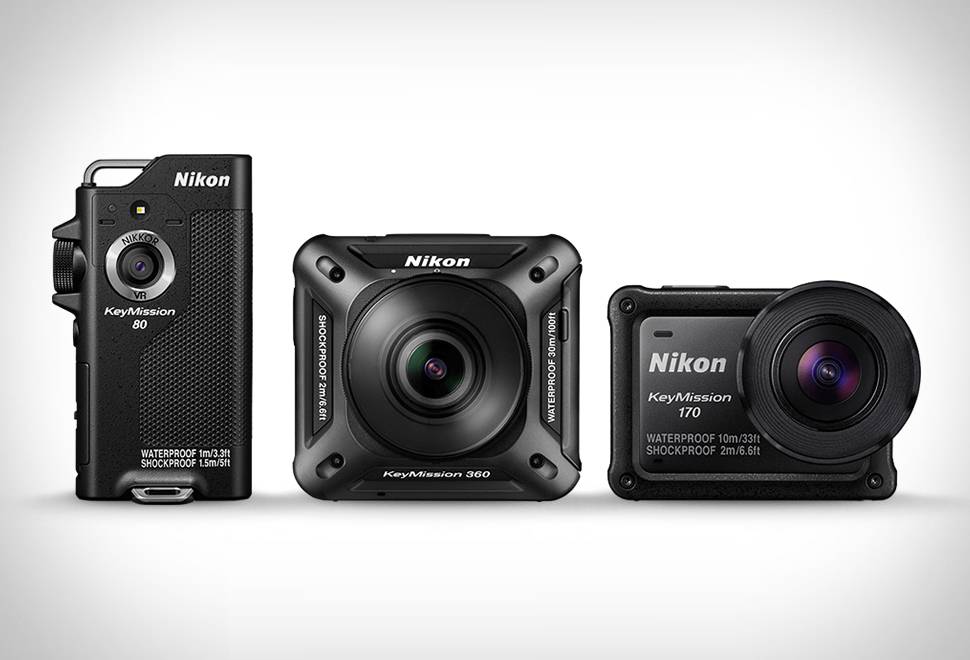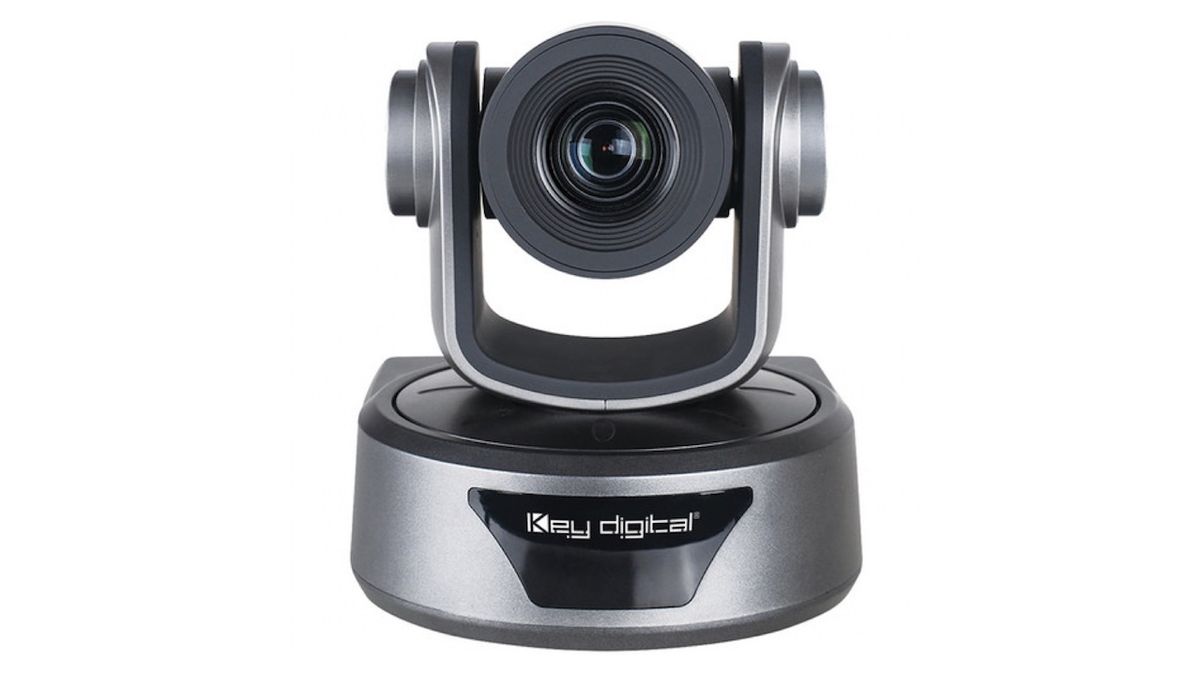
You don’t need to worry about the cost if your account has already passed the first 12 months, as AWS provides up to 1 million Lambda requests, 1GB of outbound data and all inbound data for free, every month, for all users. You first need to sign in to your AWS console, if you don’t have an AWS account yet, you can create a new user here with 12-month free tier benefit. The Lambda function will then deliver the response back to the Alexa Smart Home skill. We will write a small piece of code hosted as an AWS Lambda function that will redirect requests from the Alexa Smart Home skill to your Home Assistant instance, then the Alexa integration in Home Assistant will process the request and send back the response. Keep Alexa Developer Console open, we will need to change the skill configuration later. In the next step we will do some “real” developer work. Now, you have created a skeleton of Smart Home skill.In next screen, make sure v3 is selected in Payload version and take note of your Skill ID.
 Select Smart Home and Provision your own, then click Create skill button at top right corner. Input Skill name as you like, then select your skill’s Default language. Go to Alexa Skills page if you are not, then click the Create Skill button to start the process. Note this must be created with the same Amazon account you use on your Alexa devices and app. Sign into the Alexa Developer Console, you can create your free account on the sign-in page. AWS Lambda is free to use for up to 1-million requests and 1GB outbound data transfer per month. An Amazon Web Services (AWS) account is required to host the Lambda function for your Alexa Smart Home Skill. When running Home Assistant, using the Duck DNS add-on is the easiest method. Read more on our blog about how to set up encryption for Home Assistant. A self-signed certificate will work, but a certificate signed by an Amazon approved certificate authority is recommended. The Alexa Smart Home API requires your Home Assistant instance to be accessible from the internet via HTTPS on port 443 using an SSL/TLS certificate. Alexa Smart Home Component Configuration. Configure the Smart Home Service Endpoint. Create an Amazon Alexa Smart Home Skill. Steps to Integrate an Amazon Alexa Smart Home Skill with Home Assistant: Home Assistant Cloud requires a paid subscription after a 30-day free trial.įor Home Assistant Cloud Users, documentation can be found here.
Select Smart Home and Provision your own, then click Create skill button at top right corner. Input Skill name as you like, then select your skill’s Default language. Go to Alexa Skills page if you are not, then click the Create Skill button to start the process. Note this must be created with the same Amazon account you use on your Alexa devices and app. Sign into the Alexa Developer Console, you can create your free account on the sign-in page. AWS Lambda is free to use for up to 1-million requests and 1GB outbound data transfer per month. An Amazon Web Services (AWS) account is required to host the Lambda function for your Alexa Smart Home Skill. When running Home Assistant, using the Duck DNS add-on is the easiest method. Read more on our blog about how to set up encryption for Home Assistant. A self-signed certificate will work, but a certificate signed by an Amazon approved certificate authority is recommended. The Alexa Smart Home API requires your Home Assistant instance to be accessible from the internet via HTTPS on port 443 using an SSL/TLS certificate. Alexa Smart Home Component Configuration. Configure the Smart Home Service Endpoint. Create an Amazon Alexa Smart Home Skill. Steps to Integrate an Amazon Alexa Smart Home Skill with Home Assistant: Home Assistant Cloud requires a paid subscription after a 30-day free trial.įor Home Assistant Cloud Users, documentation can be found here. 
Just log in via the user interface and a secure connection with the cloud will be established. With Home Assistant Cloud you don’t have to deal with dynamic DNS, SSL certificates or opening ports on your router. With Home Assistant Cloud, you can connect your Home Assistant instance in a few simple clicks to Amazon Alexa.






 0 kommentar(er)
0 kommentar(er)
